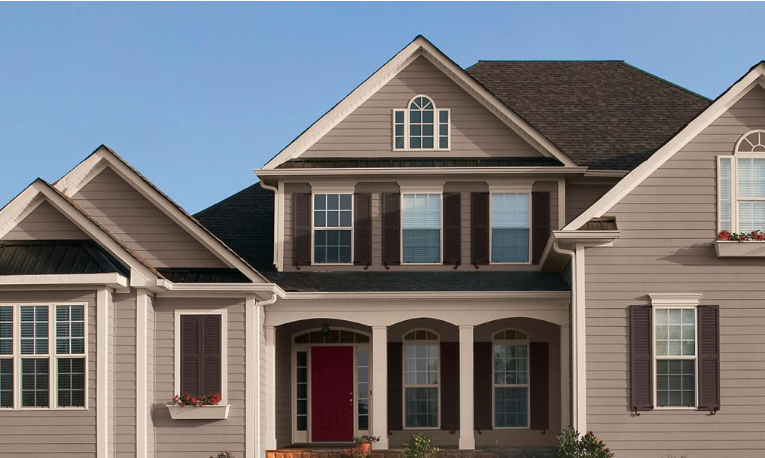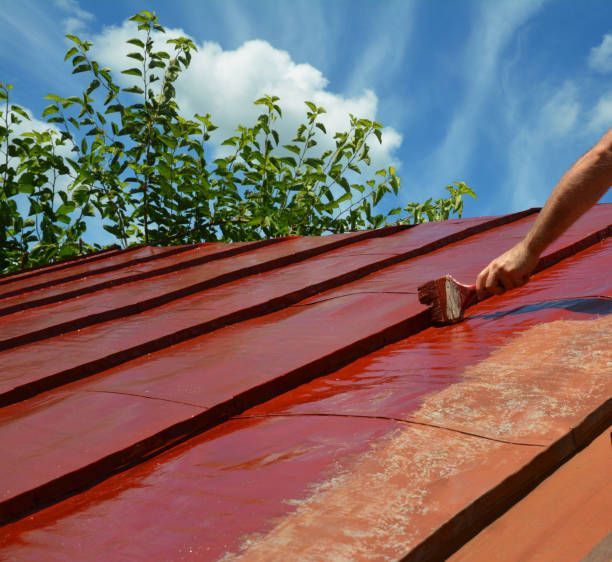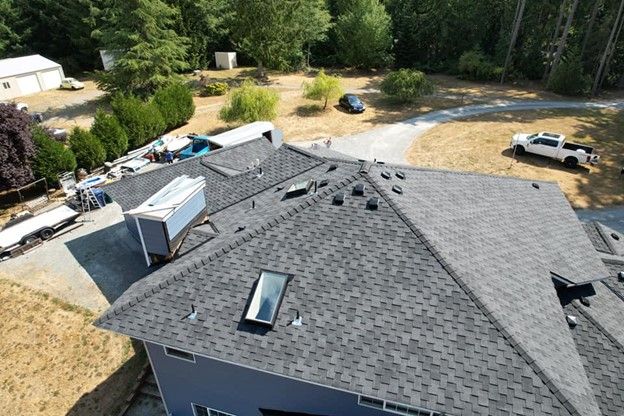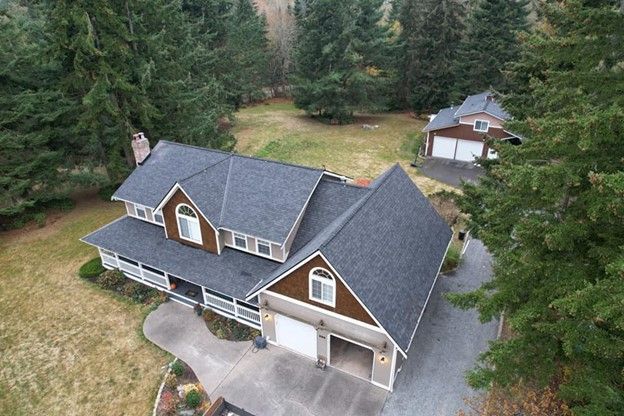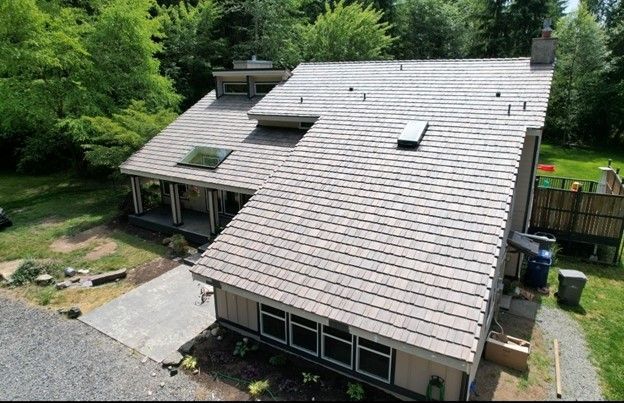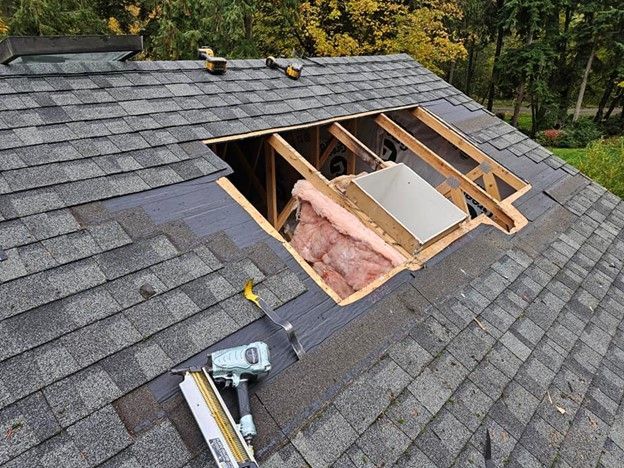The Dangers of a Leaky Roof in Lynnwood, WA Homes
Jen Woslager • December 16, 2024
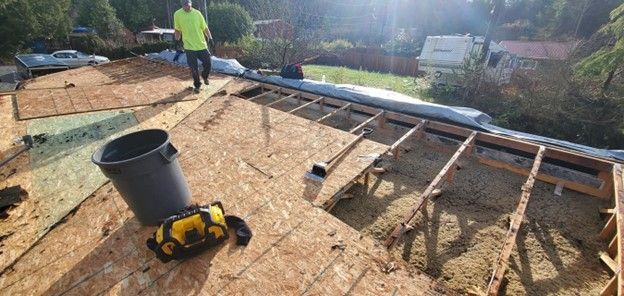
A leaky roof may seem like a small issue at first, but it can lead to major problems if left unchecked. For homeowners in Lynnwood, WA, it's crucial to address roofing issues promptly before they cause extensive damage. Whether it’s due to old shingles, storm damage, or improper installation, a leaky roof can result in significant repair costs, safety hazards, and a decrease in your home’s overall value.
At Washington Roofing Services, we specialize in roof repair and replacement, and we understand the importance of timely maintenance. Here’s why ignoring a leaking roof is a bad idea and how you can protect your home.
1. Water Damage to Your Home’s Structure
One of the most immediate dangers of a leaky roof is water damage to your home’s structure. When water infiltrates your roof, it can seep into your ceiling, walls, and floors. Over time, this moisture weakens the structural components of your home, such as the beams and supports, leading to costly repairs. In more severe cases, the damage can compromise the integrity of your foundation, causing long-term issues.
• Ceiling and Wall Stains: One of the first signs of a leaky roof is discoloration or stains on your ceilings or walls. These stains are a sign of trapped moisture, and if not addressed, they can result in rotting wood, peeling paint, and unsightly blemishes.
• Crumbling Drywall: As water soaks into drywall, it can cause it to sag, warp, or crumble, resulting in the need for replacement.
2. Mold and Mildew Growth
A persistent leak allows moisture to accumulate inside your walls and ceilings, creating the perfect environment for mold and mildew to grow. This not only causes unpleasant odors but also poses serious health risks, especially for individuals with respiratory issues or allergies. Mold growth can spread quickly, requiring extensive remediation and potentially posing a hazard to the safety of your home.
• Health Risks: Prolonged exposure to mold and mildew can lead to health problems like asthma, allergies, and respiratory infections.
• Hidden Growth: Mold can often grow in places that are hard to see, such as between walls or under insulation. Even if you don’t notice the mold, it could still be causing damage.
3. Damage to Insulation
If water gets into your attic, it can saturate your insulation, which decreases its ability to regulate temperature effectively. Insulation that is wet becomes less efficient at keeping your home warm in the winter and cool in the summer, leading to higher energy bills.
• Higher Utility Bills: Waterlogged insulation loses its R-value, which means your heating and cooling systems have to work harder to maintain a comfortable temperature, resulting in higher energy costs.
4. Pest Infestation
A leaky roof also provides an entry point for pests such as rodents, insects, and birds. As they seek shelter from the weather, these pests can invade your home, causing further damage. Once inside, they may chew through electrical wires, insulation, or even structural beams, creating additional safety hazards.
• Electrical Hazards: If pests damage electrical wiring, it could lead to short circuits or even fires.
• Expensive Repairs: The longer you wait to fix the roof, the more time pests have to invade your home and cause damage.
5. Decreased Home Value
A leaky roof can significantly lower your home’s value. When potential buyers see signs of water damage, mold, or other roofing issues, they may be deterred from making an offer. If you're planning to sell your home in the future, fixing any leaks promptly is essential to maintaining its value.
• Selling Issues: A home inspection will often reveal a leaky roof or signs of water damage, making it harder to sell or leading to a lower selling price.
6. Increased Repair Costs Over Time
Ignoring a small leak can quickly escalate into a larger issue. The longer you wait to fix your roof, the more damage it will cause. This leads to higher repair costs. What could have been a simple patch job may turn into a full roof replacement if not addressed soon enough. In some cases, it may even affect the structure of your home, leading to much more expensive repairs.
• Preventative Maintenance: Regular roof inspections can catch small issues before they turn into major problems, saving you money in the long run.
What to Look for With a Leaky Roof
If you think you may have a leaky roof, here are some common signs to look out for:
• Water stains or discoloration on your ceiling or walls
• Sagging or warped ceilings or walls
• Musty odors or mold growth
• Visible cracks or holes in the roof
• Water dripping during heavy rainfall
• Shingles that are missing, cracked, or curled
How to Fix a Leaky Roof
If you notice any of these signs, it’s time to call in a roofing professional. At Washington Roofing Services, we specialize in identifying and repairing roof leaks before they cause further damage. Here’s what we do to fix a leaky roof:
1. Inspection: We’ll thoroughly inspect your roof to find the source of the leak and assess the damage.2. Repair or Replacement: Depending on the severity of the damage, we may be able to repair the roof or recommend a full replacement if necessary.3. Sealing and Protection: After repairing any issues, we’ll apply the proper seals to ensure the leak doesn’t return.4. Regular Maintenance: We offer ongoing roof maintenance to keep your roof in top condition and prevent future leaks.
A leaky roof is not a problem to ignore. For homeowners in Lynnwood, WA, the risks of water damage, mold growth, and increased repair costs make it essential to address leaks as soon as they are detected. If you suspect a roof leak, contact Washington Roofing Services
for a professional inspection and quick, reliable repairs.
By acting fast and getting the right help, you can protect your home, your health, and your wallet.
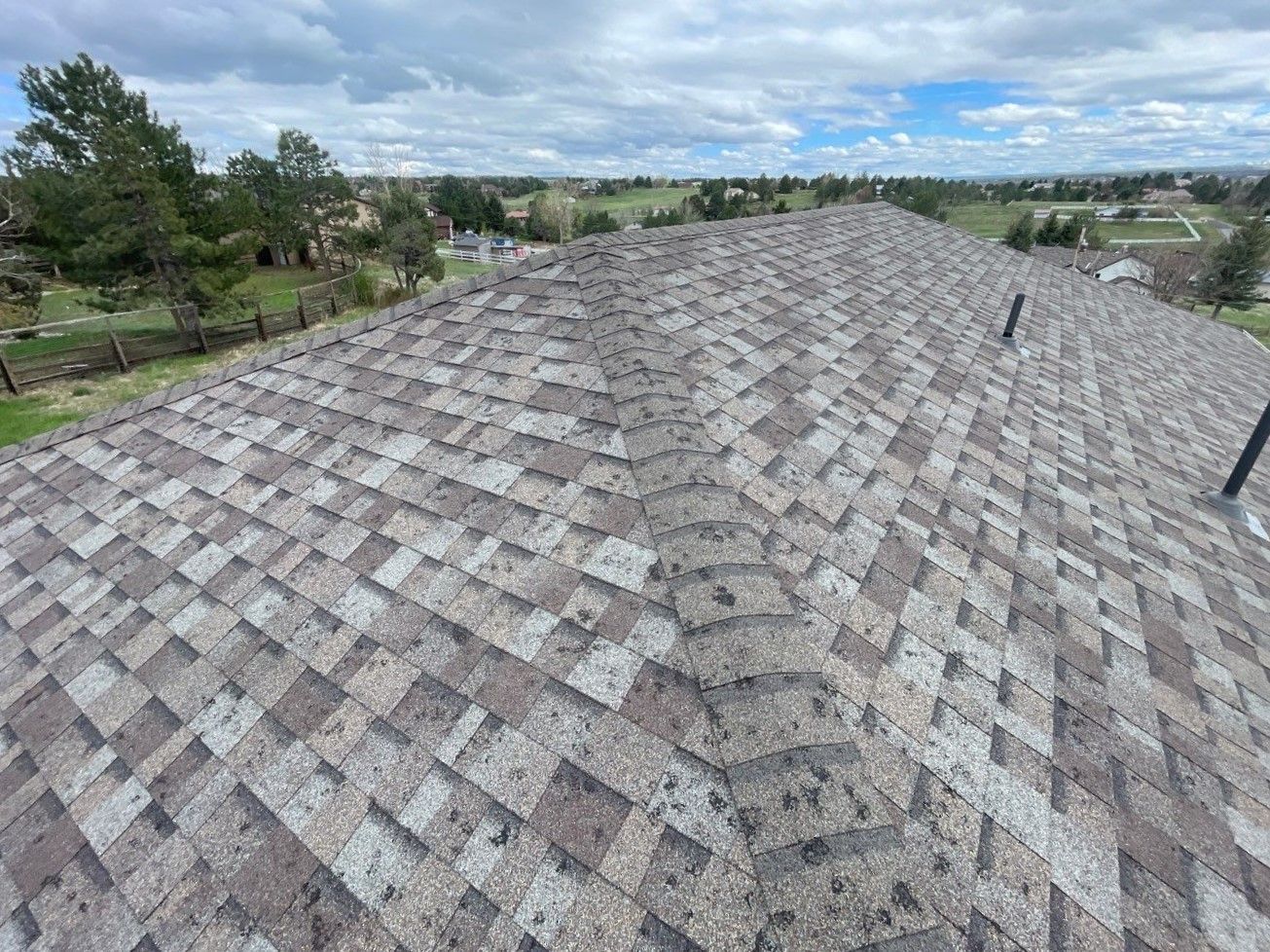
March 30, 2025
Hailstorms can be a homeowner's worst nightmare, leaving behind hidden roof damage that might not be noticeable at first glance. If you've recently experienced a storm, you might be wondering: What does hail damage look like on a roof? Recognizing the warning signs early can save you from costly repairs down the road. At Washington Roofing, we help homeowners assess and address hail damage before it turns into a major issue. In this guide, we’ll walk you through the telltale signs of hail damage, how to handle insurance claims, and when it’s time to consider roof replacement. Understanding Hail Damage: What to Look For Hail comes in various sizes, and even small hailstones can cause significant damage to your roof. The extent of the damage depends on the size, speed, and density of the hail, as well as the age and condition of your roof. Washington Roofing recommends inspecting your roof after every major storm to identify any visible signs of wear and tear. Common signs of hail damage include: Dents in shingles that compromise their protective layer Bruising (soft spots on asphalt shingles that indicate underlying damage) Granule loss, which weakens the shingles and exposes the roof to further weather-related deterioration Cracks or splits in wood or slate roofing materials Dents in metal roofing, which can affect both durability and appearance The Impact of Hail on Different Roofing Materials Not all roofs react to hail damage in the same way. Different materials have varying levels of resistance: Asphalt Shingles – The most common roofing material, asphalt shingles are prone to bruising, granule loss, and cracks. Metal Roofs – While metal roofing is durable, it can still sustain dents in severe storms. Slate & Tile Roofs – These materials can crack under the impact of large hailstones. Wood Shake Roofs – Hail can split wood shakes, leading to moisture penetration and rot. At Washington Roofing, we specialize in repairing and replacing all types of roofing materials, ensuring your home remains protected after a storm. How Hail Damage Can Lead to Bigger Problems Ignoring hail damage can result in more serious issues for your home. Over time, damaged shingles can allow water to seep in, leading to: Leaks and water damage inside your home Mold growth due to trapped moisture Structural weakening of your roofing system If you suspect hail damage, it's crucial to contact a professional roofing company like Washington Roofing to assess the extent of the issue and recommend appropriate solutions. How to Spot Hail Damage on Your Roof If you’re wondering what does hail damage look like on a roof?, here are some easy ways to check: Inspect Your Gutters – If you notice excessive granules from your shingles in the gutters, your roof may have suffered damage. Check for Dents in Metal Surfaces – Look at vents, flashing, and gutters for signs of impact. Examine Your Attic for Leaks – Any unexpected water stains could indicate roof damage. Walk Around Your Property – Damaged siding, outdoor furniture, or vehicles may be a sign that your roof was also affected. For a thorough inspection, trust Washington Roofing to provide expert assessments and recommendations. Does Homeowners Insurance Cover Hail Damage? One of the biggest concerns for homeowners is whether their insurance will cover hail damage repairs. Most policies do include coverage for hail-related roof damage, but there are some factors to consider: Your deductible – The amount you must pay before insurance kicks in The age of your roof – Older roofs may have limited coverage Policy exclusions – Some policies exclude cosmetic damage, even if it affects the roof’s lifespan At Washington Roofing, we work with homeowners to navigate the claim process, ensuring they get the coverage they deserve. Steps to Take After Discovering Hail Damage If you find evidence of hail damage, follow these steps: Document the damage – Take clear photos of all affected areas. Contact your insurance provider – File a claim and schedule an inspection. Get a professional roof inspection – Washington Roofing provides detailed inspections and reports to support your insurance claim. Obtain repair or replacement quotes – Always get multiple quotes to ensure fair pricing. Schedule repairs or a roof replacement – Work with a reputable company like Washington Roofing to restore your roof’s integrity. Roof Replacement vs. Repair: Which One Do You Need? Depending on the severity of the damage, you may need either roof repair or a full roof replacement. Minor damage? Repairs may be sufficient, especially if only a few shingles are affected. Extensive damage? A full replacement may be necessary to maintain your home’s protection. Choosing the Right Roofing Products for Hail Protection When replacing your roof, consider impact-resistant products designed to withstand future storms. Some top choices include: Class 4 impact-resistant asphalt shingles Metal roofing with high durability Synthetic slate and rubber roofing for enhanced resilience Washington Roofing provides top-quality materials to ensure your new roof offers maximum protection against future hailstorms. Why Washington Roofing is Your Trusted Roofing Company When dealing with hail damage, choosing a reliable roofing company is essential. Here’s why Washington Roofing is the best choice: Experienced Professionals – Decades of experience handling storm-related roof damage Insurance Assistance – We guide you through the claim process High-Quality Materials – Durable products for long-lasting protection Free Inspections & Quotes – Transparent pricing with no surprises Don’t wait until minor damage turns into a major issue—trust Washington Roofing for expert roof replacement and repair services. Contact Washington Roofing Today If you suspect hail damage on your roof, don’t delay! Call Washington Roofing for a free inspection and professional advice. Whether you need a quick repair, an insurance quote, or a full roof replacement, our team is here to help. Protect your home with quality craftsmanship and trusted service. Contact Washington Roofing today for a free quote.
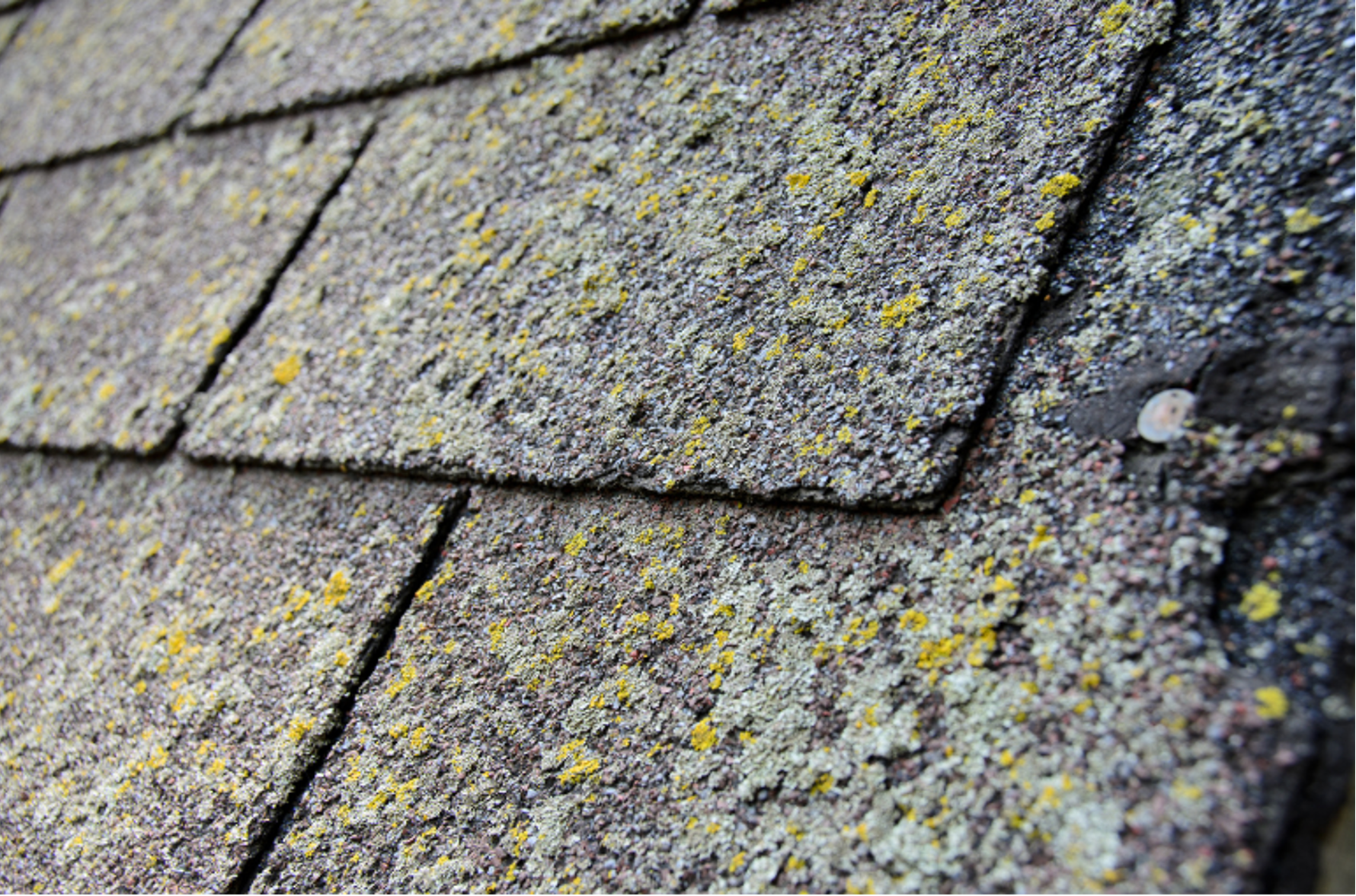
By Jen Woslager
•
February 21, 2025
Moss on rooftops in Kirkland, WA may look harmless, but it can cause serious damage by trapping moisture, lifting shingles, blocking drainage, and reducing energy efficiency. Over time, this can lead to leaks, rot, and costly repairs.
Washington Roofing Services offers professional roof cleaning and replacement to prevent moss-related damage. Our expert team provides inspections, soft washing, and long-term solutions like copper or zinc treatments.
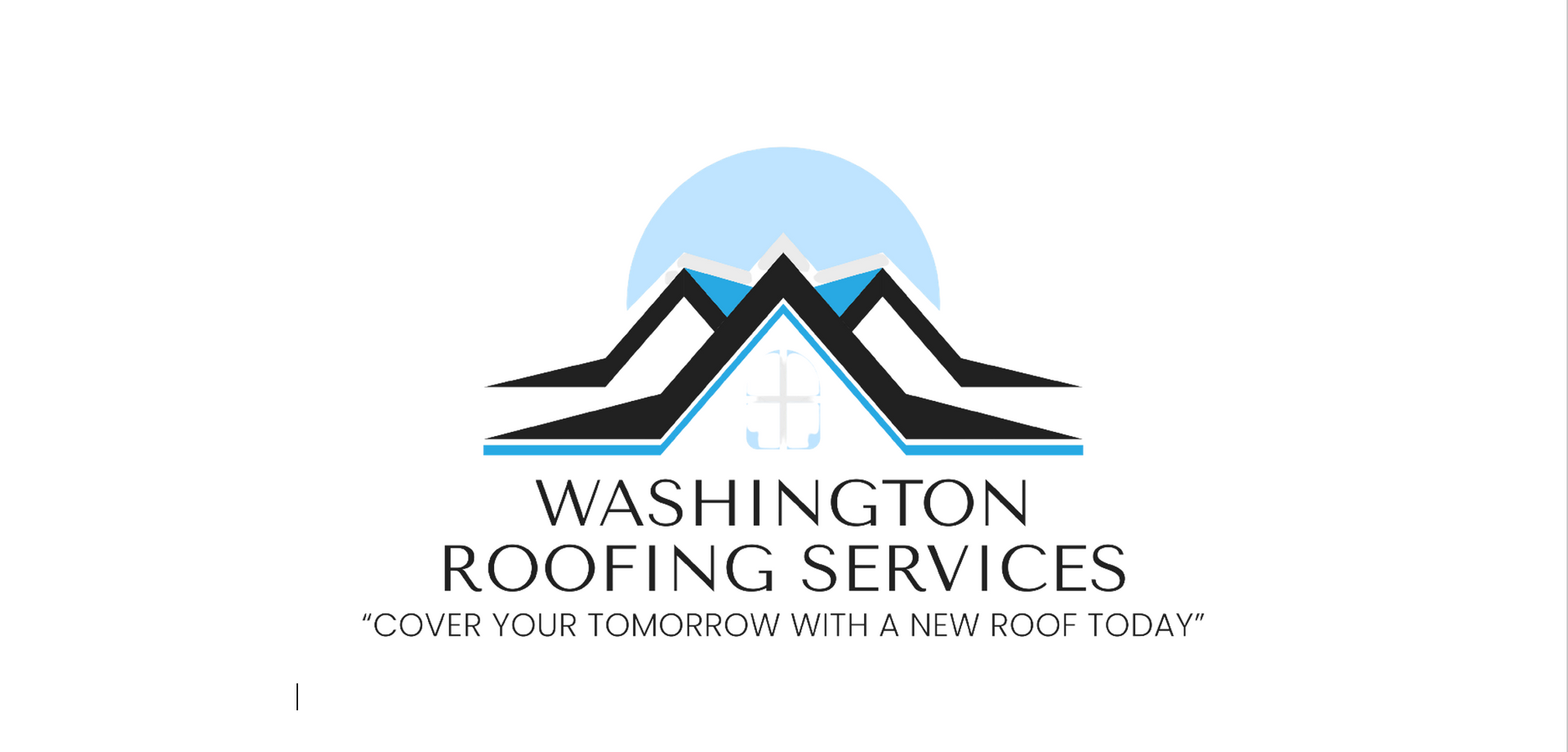
By Jen Woslager
•
February 4, 2025
Deciding whether to repair or replace your roof depends on its condition, age, and long-term costs. Minor issues like small leaks, missing shingles, or flashing problems can often be repaired, especially if the roof is under 10 years old. However, widespread damage, an aging roof (20+ years), or frequent repairs may signal the need for a full replacement.
Monroe, WA homeowners face unique weather challenges, making regular inspections essential. Washington Roofing Services provides expert guidance to help you make the best decision for your home. Contact us today for a free consultation!
SITE MAP
contact
Arlington
412 172nd Street Northeast
Arlington, WA, 98223
Lynnwood
14523 Hwy 99
Lynnwood, WA 98087
© 2025
All Rights Reserved | Washington Roofing Services | License # WASHIRS820PB | Privacy | Powered by Integrity PNW
